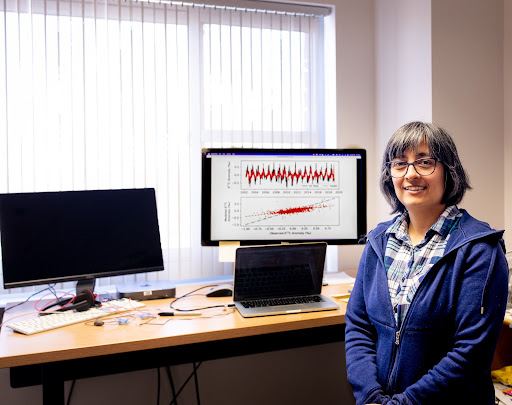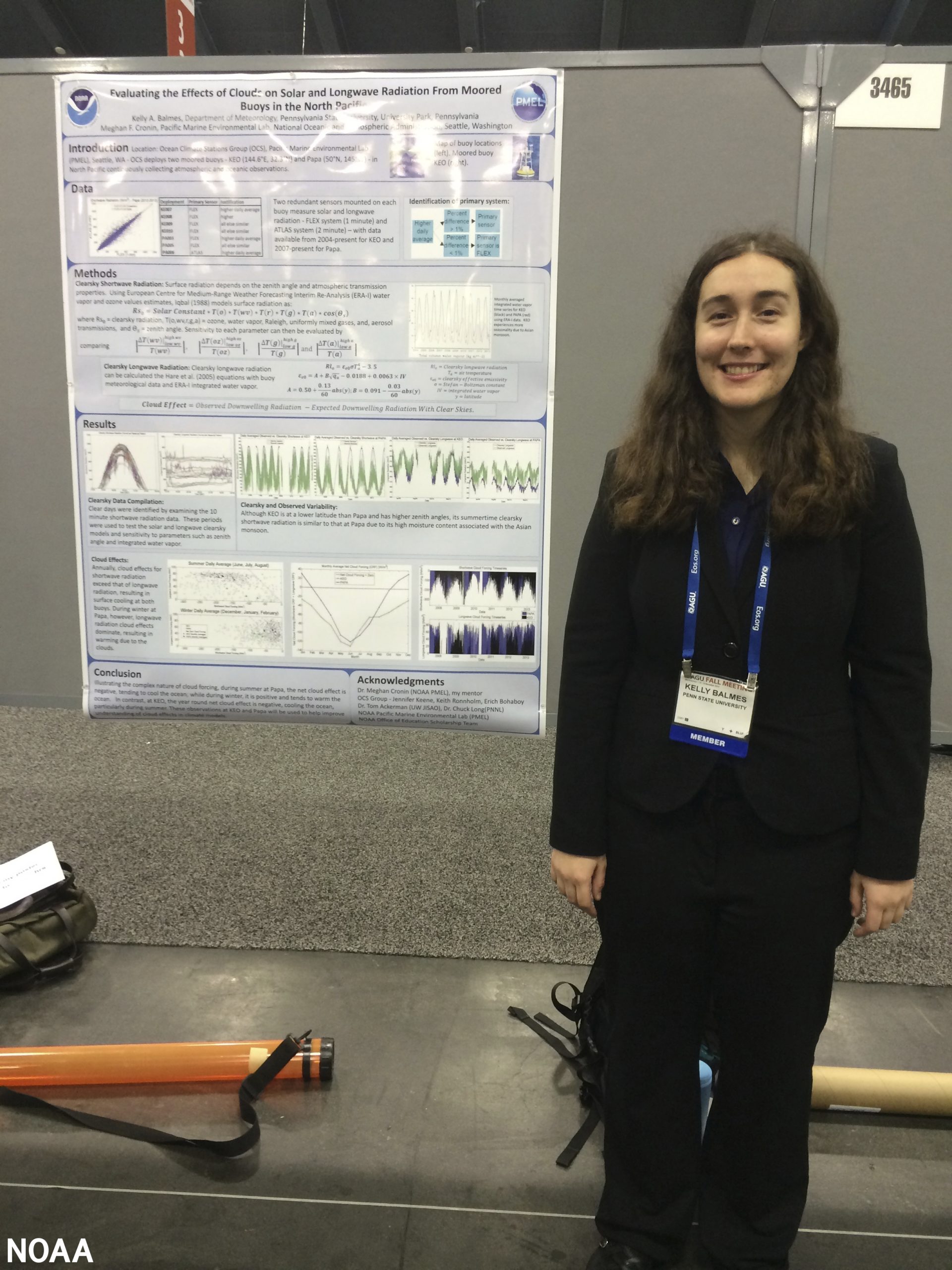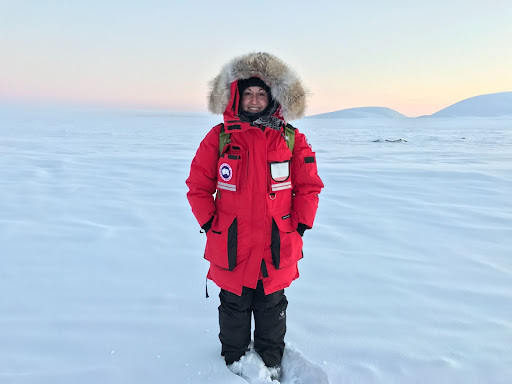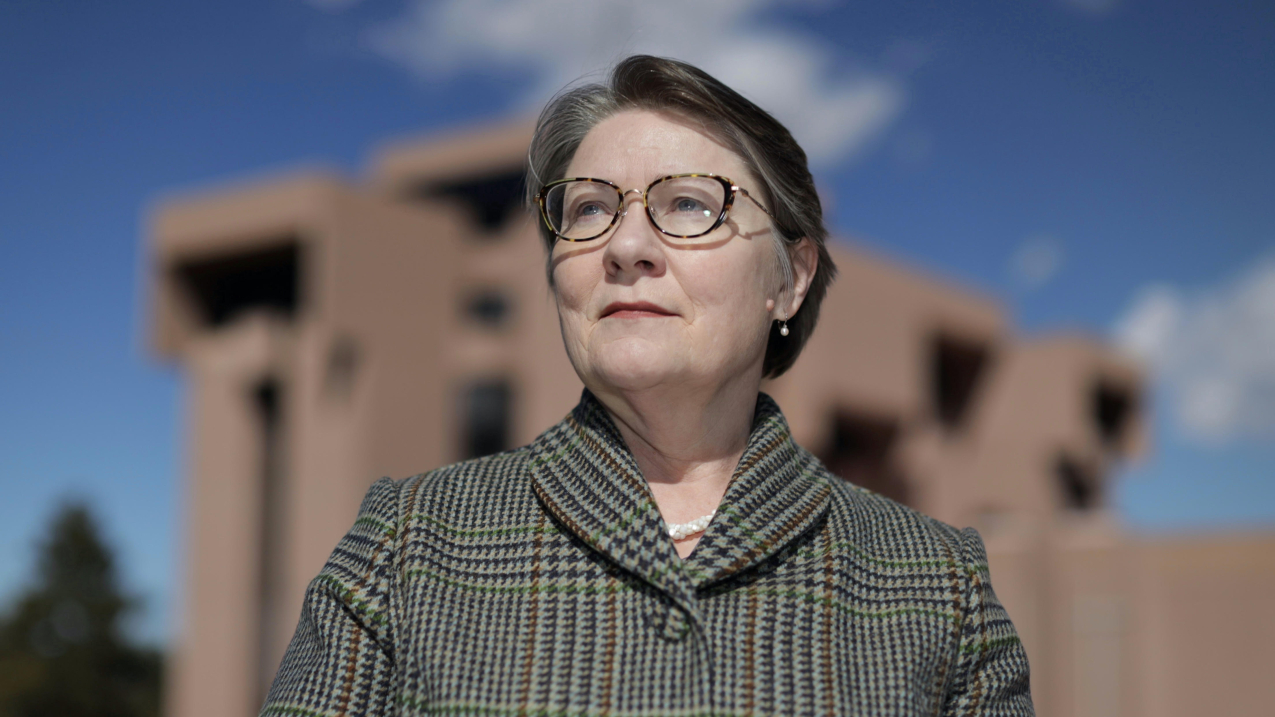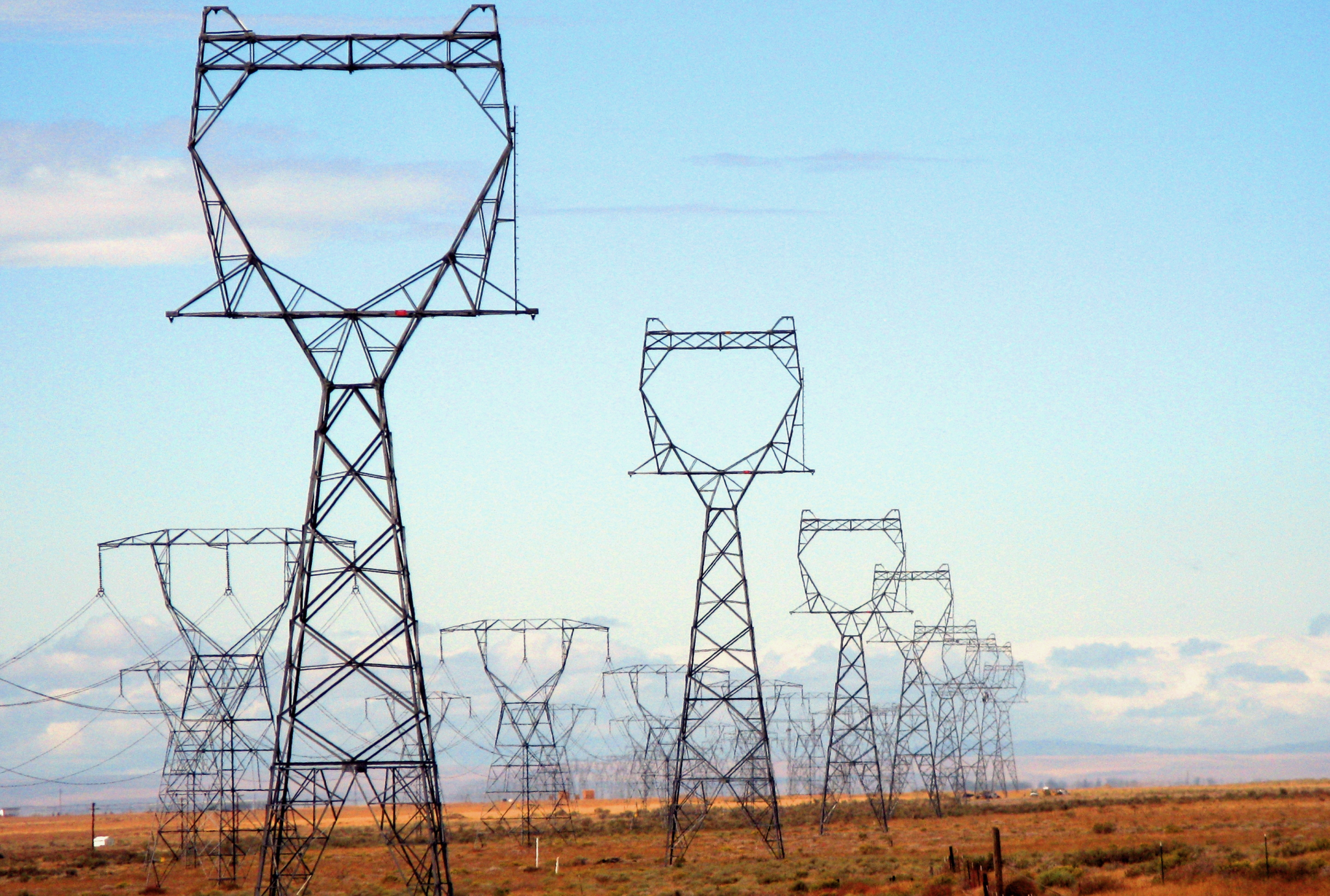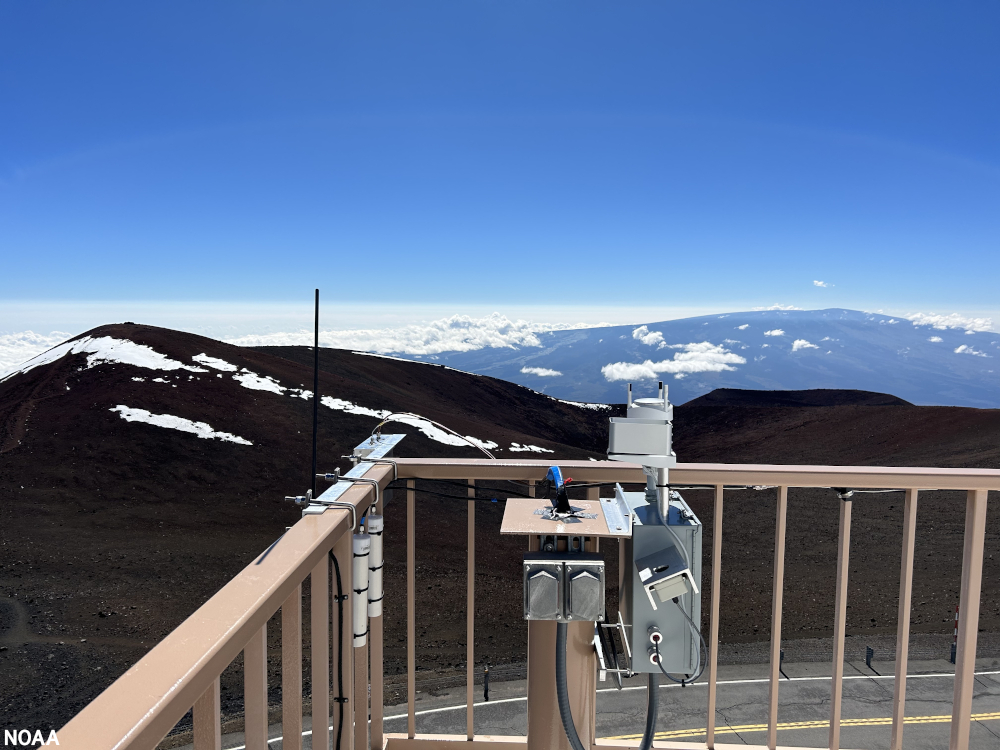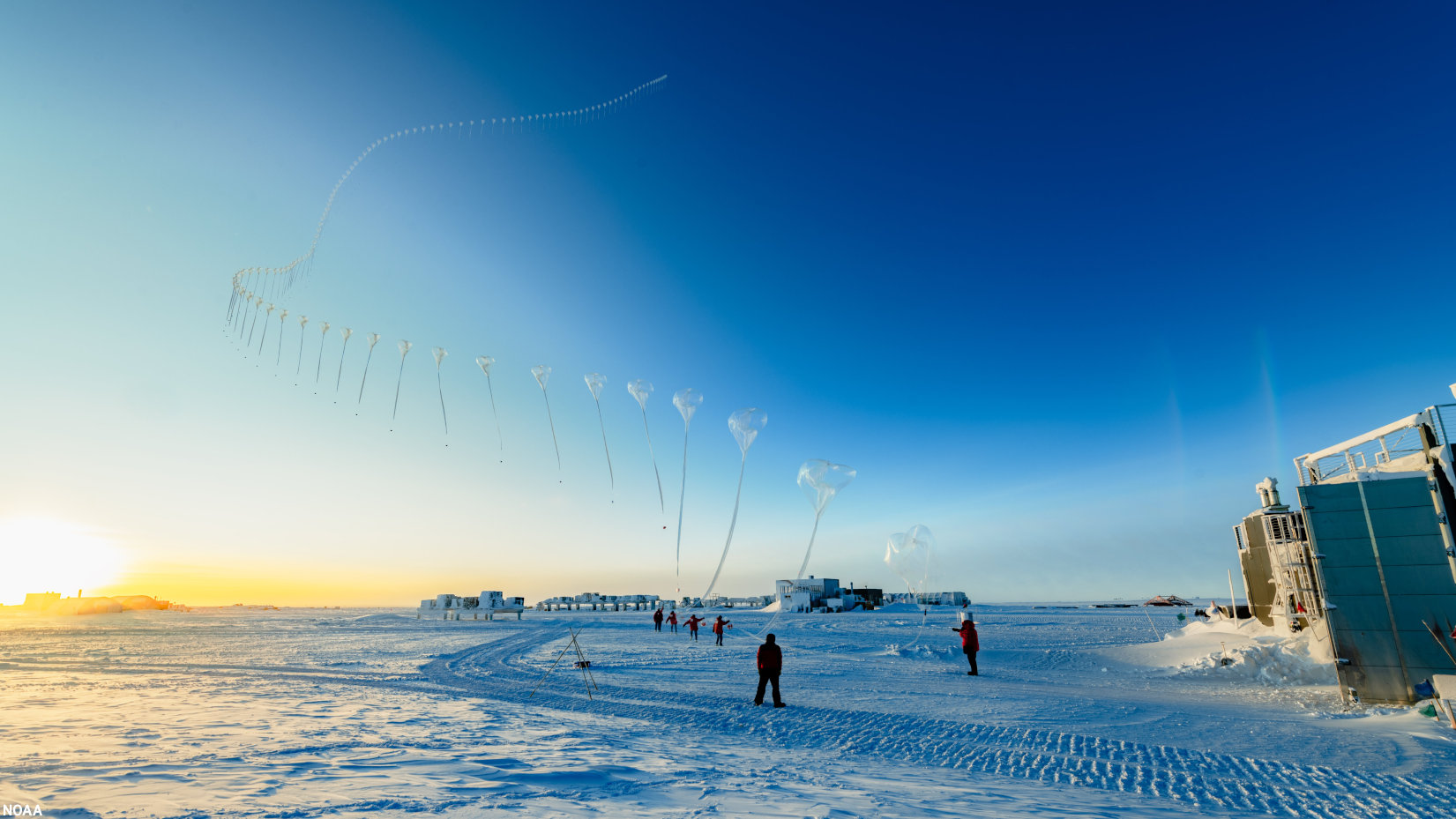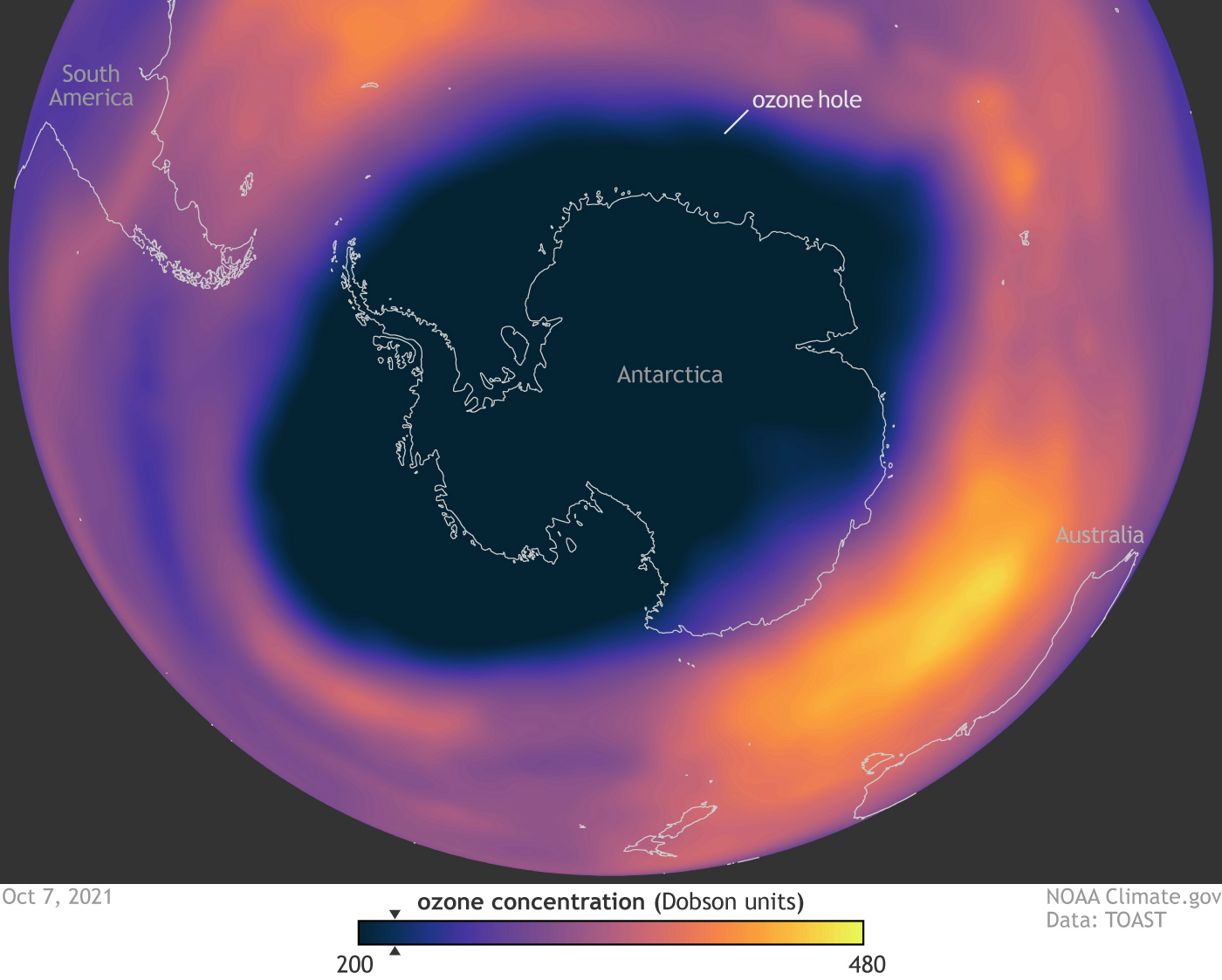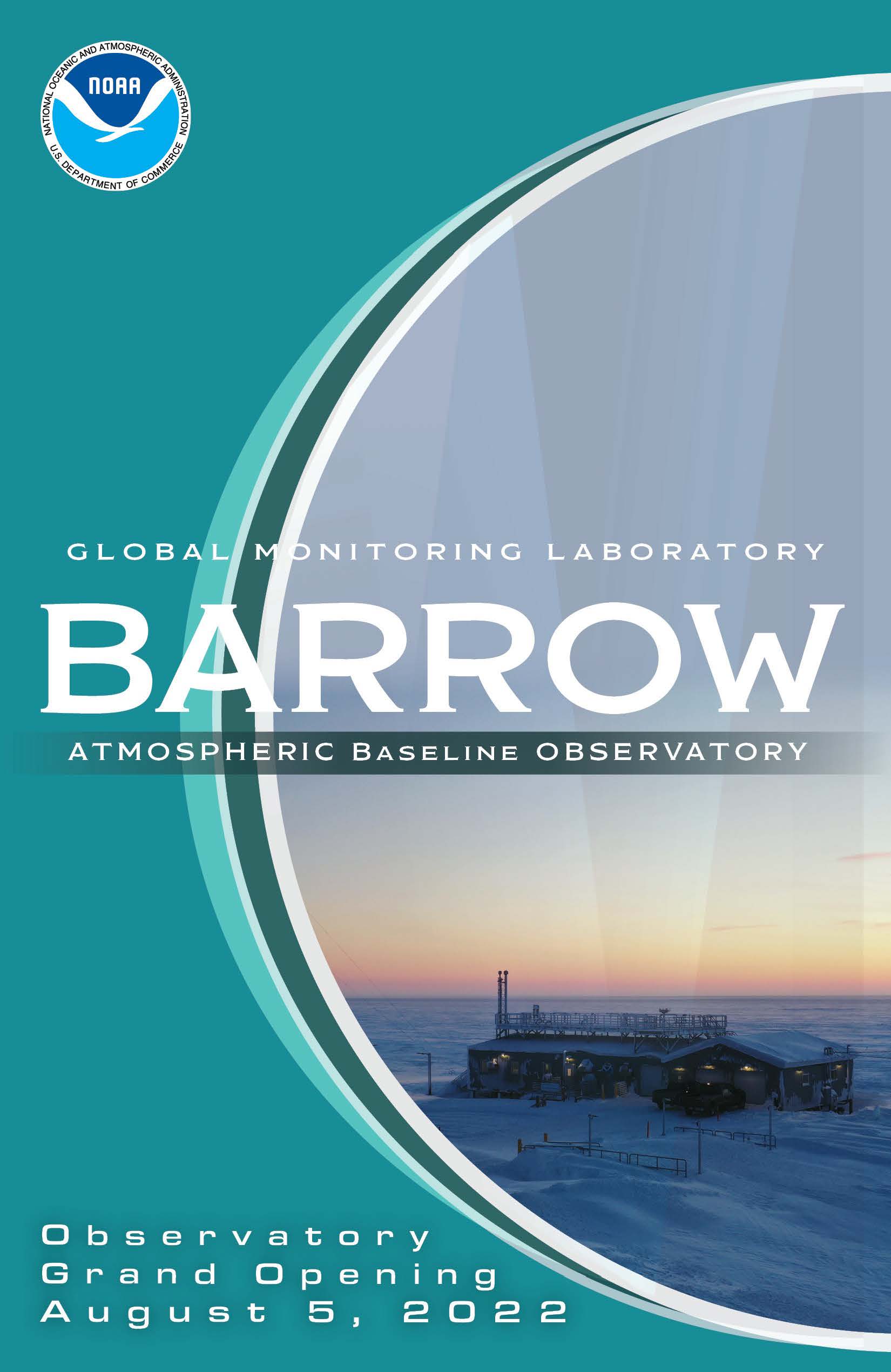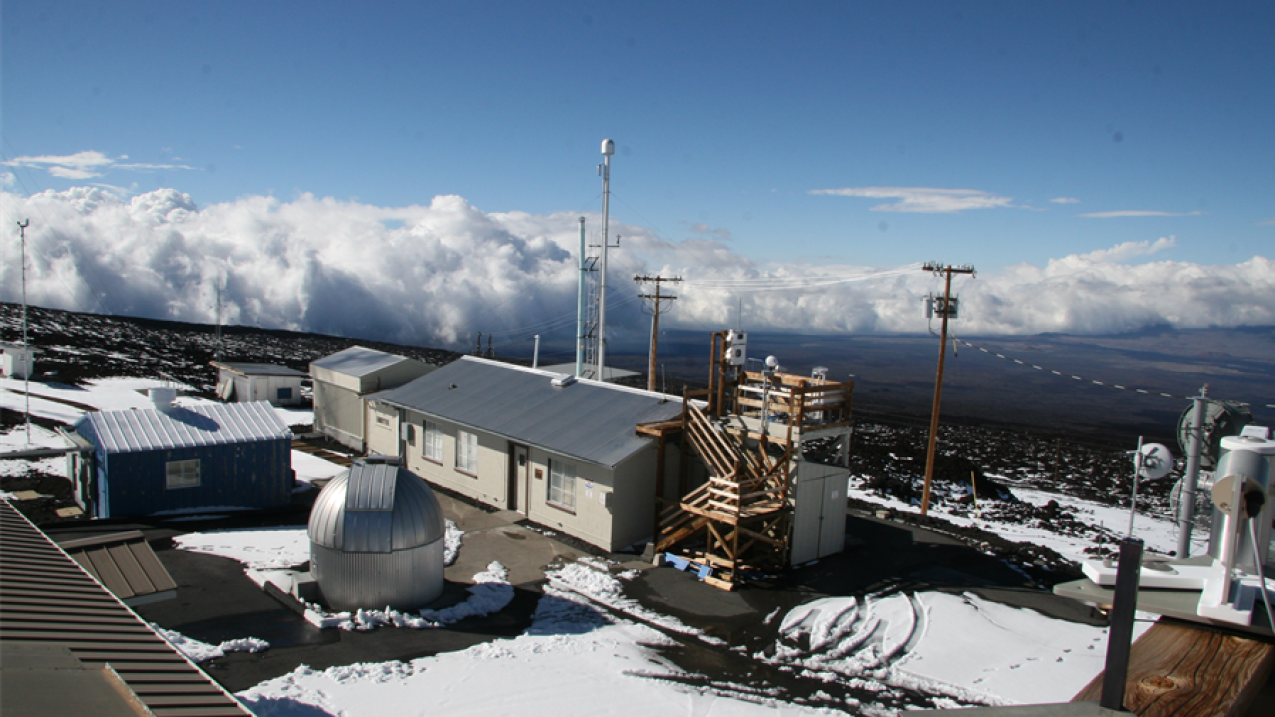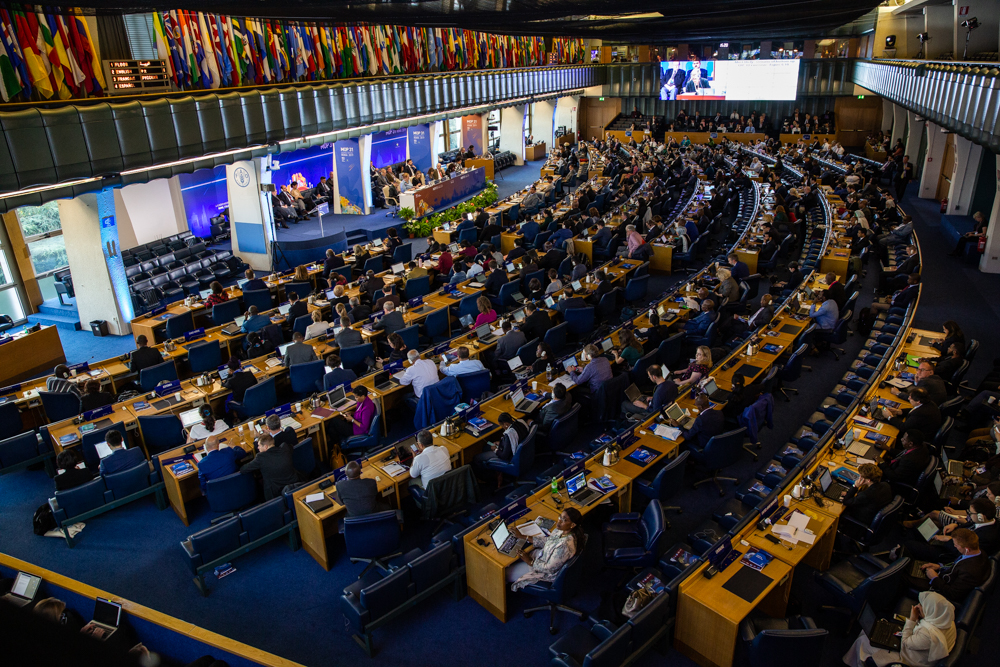News

March 23, 2023
Celebrating Women's History Month 2023 with Aleya Kaushik
To celebrate Women’s History Month, we asked women throughout NOAA Research to share how their work contributes to NOAA’s mission of preparing for a Climate-Ready Nation. This article highlights an interview with Aleya Kaushik, a CIRES research scientist working in the Carbon Cycle Greenhouse Gases group at NOAA’s Global Monitoring Laboratory.March 22, 2023
Celebrating Women's History Month 2023 with Kelly Balmes
To celebrate Women’s History Month, we asked women throughout NOAA Research to share how their work contributes to NOAA’s mission of preparing for a Climate-Ready Nation. This article highlights an interview with Kelly Balmes, a CIRES postdoctoral research associate in the Global Monitoring Laboratory (GML) Radiation, Aerosol, and Cloud Division.March 15, 2023
Celebrating Women's History Month 2023 With Sara Morris
To celebrate Women’s History Month, we asked women throughout NOAA Research to share how their work contributes to NOAA’s mission of Climate Resilience and preparing for a Climate-Ready Nation. This article highlights an interview with Sara Morris, a physical scientist and team lead for the Atmospheric Measurement Network under the Observatory Operations Division at NOAA’s Global Monitoring Laboratory (GML).March 13, 2023
Vanda Grubišić named director of NOAA Global Monitoring Laboratory
Vanda Grubišić, Ph.D., a research meteorologist and experienced scientific leader, has been named the director of NOAA’s Global Monitoring Laboratory in Boulder, Colorado. Grubišić will join one of the world’s preeminent research institutions for monitoring long-term changes in the atmosphere, including those caused by climate change. She starts on March 27.March 7, 2023
Potent greenhouse gas declines in the US, confirming success of control efforts
A new NOAA analysis shows U.S. emissions of the super-potent greenhouse gas sulfur hexafluoride (SF6) have declined between 2007-2018, likely due to successful mitigation efforts by the Environmental Protection Agency (EPA) and the electric power industry.February 6, 2023
Having dodged lava flows, NOAA's Mauna Loa research facility to get upgrades
NOAA’s Mauna Loa Atmospheric Baseline Observatory, the benchmark sampling site for monitoring global climate change, is slated to undergo a major renovation and facility upgrade once road access is restored over lava flows produced by the recent eruption of Mauna Loa volcano.January 31, 2023
NOAA Research scientist Stephen Montzka named 2022 AAAS Fellow
NOAA's Stephen Montzka, of the Global Monitoring Laboratory, was named today as a 2022 Fellow of the American Association for the Advancement of Science (AAAS).January 9, 2023
GML highlights at the AMS 2023 Annual Meeting
GML and CIRES researchers are presenting several talks and posters, and collaborating on others, at the 2023 Annual Meeting of the American Meteorological Society.December 19, 2022
University of Hawaii, NOAA to gather climate change data following Mauna Loa eruption
NOAA will partner with the University of Hawaii (UH) to collect atmospheric measurements at the Mauna Kea Observatories on the Big Island of Hawaii.December 6, 2022
GML highlights at AGU 2022 Fall Meeting
GML and CIRES researchers are presenting several talks and posters at the 2022 Fall Meeting of the American Geophysical Union, and collaborating on many more.October 27, 2022
Antarctic ozone hole slightly smaller in 2022
The hole in the ozone layer over Antarctica in 2022 had an average area slightly smaller than the extent reached in 2021, and well below the average seen in 2006 when the hole size peaked.August 24, 2022
Path to recovery of ozone layer passes a significant milestone
An annual analysis of air samples collected at remote sites around the globe that is tracking a continued decline in the atmospheric concentration of ozone-depleting substances shows the threat to the ozone layer receding below a significant milestone in 2022, NOAA scientists have announced.August 5, 2022
NOAA dedicates new Arctic observatory in Utqiaġvik
NOAA's Global Monitoring Laboratory (GML) held the grand opening ceremony for the Barrow Atmospheric Baseline Observatory (BRW) building in Utqiaġvik, Alaska, on Friday, August 5th, 2022.June 6, 2022
Carbon dioxide now more than 50% higher than pre-industrial levels
Carbon dioxide measured at NOAA’s Mauna Loa Atmospheric Baseline Observatory peaked for 2022 at 421 parts per million in May, pushing the atmosphere further into territory not seen for millions of years.June 2, 2022
New research estimates the future emissions of potent greenhouse gases based on current trends and compliance with climate policies
New research published in Atmospheric Chemistry and Physics projects future emissions of hydrofluorocarbons (HFCs), a class of potent greenhouse gasses, based on recent trends and compliance with current policies.

